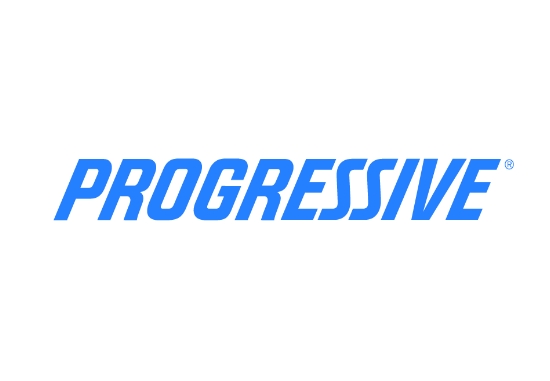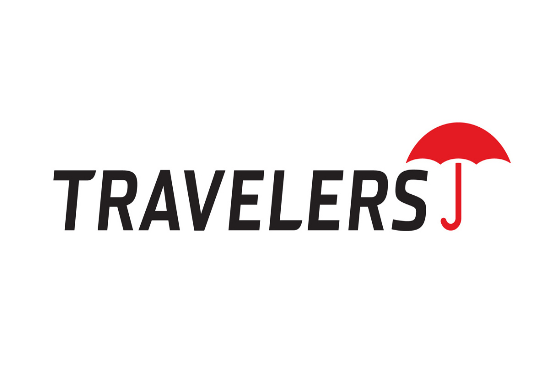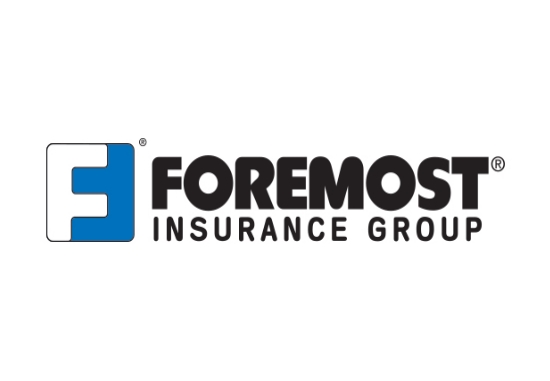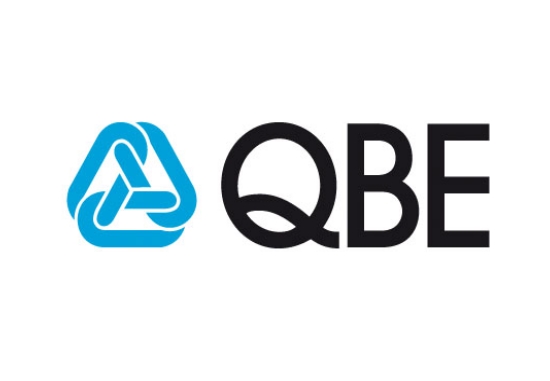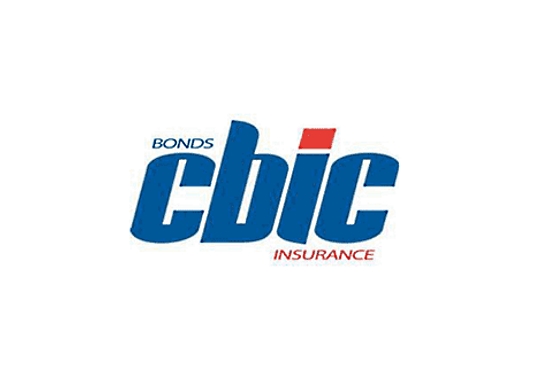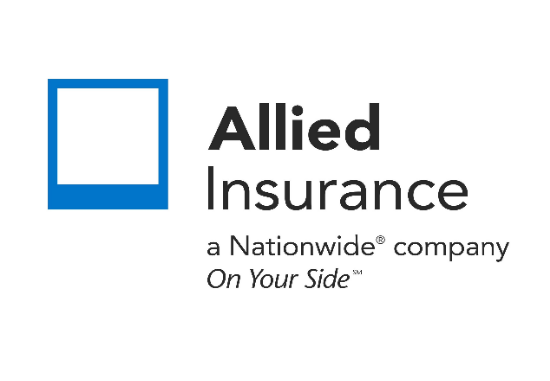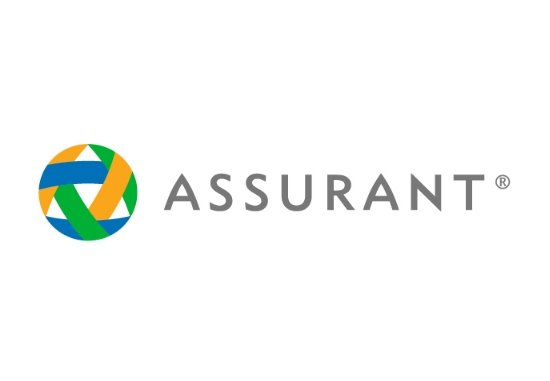Business Interruption Insurance: What It Covers & Why It Matters
Business interruption insurance helps cover lost income and extra expenses when your business must temporarily close due to a covered event—like fire, storm, or other perils. It protects revenue and reduces financial strain during recovery.
1. What Business Interruption Insurance Covers
Loss of income: Covers expected profit during shutdown, minus ongoing operating expenses.
Fixed expenses: Rent, payroll, utilities, and lease payments can continue even when closed.
Temporary relocation costs: Expenses for renting temporary space or equipment to stay operating.
Training expenses: Re-training staff if equipment or processes must change.
Extra expenses: Costs to speed up recovery—like overtime wages or temporary services.
This coverage is triggered when a covered peril damages your physical location or equipment, forcing a closure or reduced operations.
2. Common Covered Causes
Business interruption insurance applies when the interruption is due to physical damage from a covered event, such as:
Fires, storms, wind or hail
Floods or earthquakes (if specific riders are included)
Acts of vandalism or civil unrest
Utility outages or equipment breakdown
Environmental disasters or supply chain disruptions (depending on wording)
It does not cover closures due to pandemics, normal economic downturns, or voluntary shutdowns unless endorsed.
3. What Is Not Covered
Exclusions, unless specifically endorsed, include:
Government-ordered shutdowns (e.g. COVID-related mandates)
Pandemics and diseases
Voluntary business closure or relocation
Closure related to financial issues, labor disputes, or non-damage incidents
Cyber events or loss of digital platforms—unless you purchase cyber-specific insurance
4. How Coverage Is Calculated
Indemnity period: Length of time you can claim for downtime—typically 12–24 months.
Actual Loss Sustained method: Claim up to the amount you would have earned, minus expenses.
Gross Earnings method: Based on revenue trends and past figures to forecast loss.
Waiting period: Often 48–72 hours before the insurer begins payout.
Reductions apply if your policy includes waiting periods, caps, or sub-limits.
5. How to Maximize Claim Approval
Maintain detailed financial records and profit projections.
Document all operating costs that continue during closures.
File claims promptly and include clear documentation of the triggering event.
Follow all insurer requirements and save receipts for extra expenses.
Summary Table
| Coverage Component | What’s Covered |
|---|---|
| Lost revenue | Income you would have earned |
| Payroll and fixed costs | Rent, utilities, employee wages |
| Relocation or recovery costs | Temporary space, equipment, training |
| Damage-related closures only | Must stem from an insured peril |
Final Takeaway
Business interruption insurance ensures your business is protected if a covered event forces closure. It replaces lost income, covers ongoing expenses, and helps maintain operations through the recovery period. Without it, an unexpected shutdown can threaten your finances—especially in disaster-prone areas.
Need help finding the right business interruption or income protection coverage?
With over 30 years of experience and access to nearly 100 carriers, THAgency helps you match policy options to your business type, risk factors, and budget. Submit your request now—fast, free, and obligation-free.

Related Posts
Get a Right Insurance For You
SHARE THIS ARTICLE
We will compare quotes from trusted carriers for you and provide you with the best offer.
Protecting your future with us
Whatever your needs, give us a call, have you been told you can’t insure your risk, been turned down, or simply unhappy with your current insurance? Since 1995 we’ve been providing coverage to our customers, and helping people across United States.

